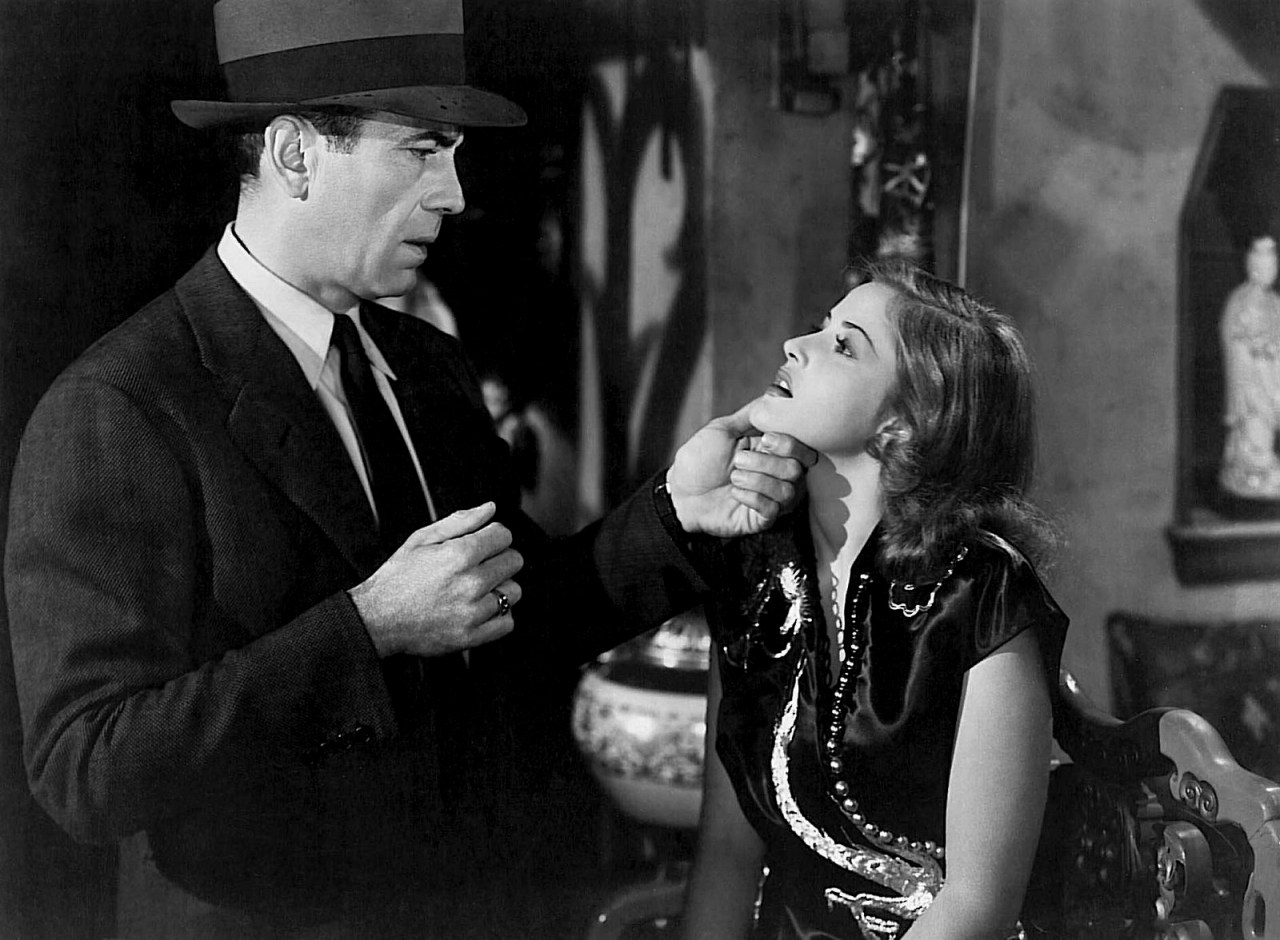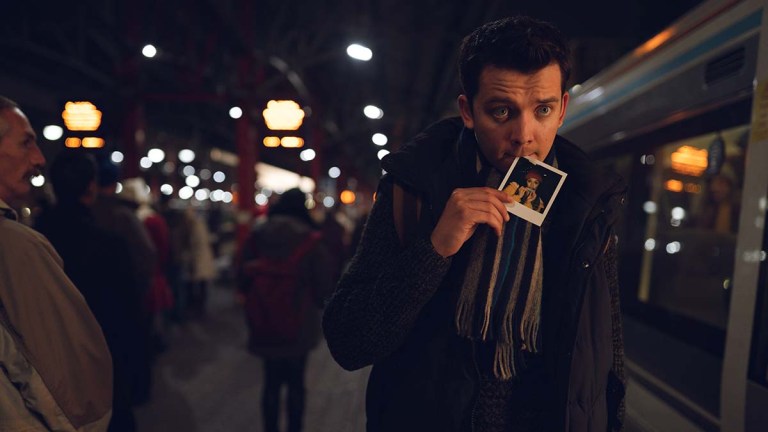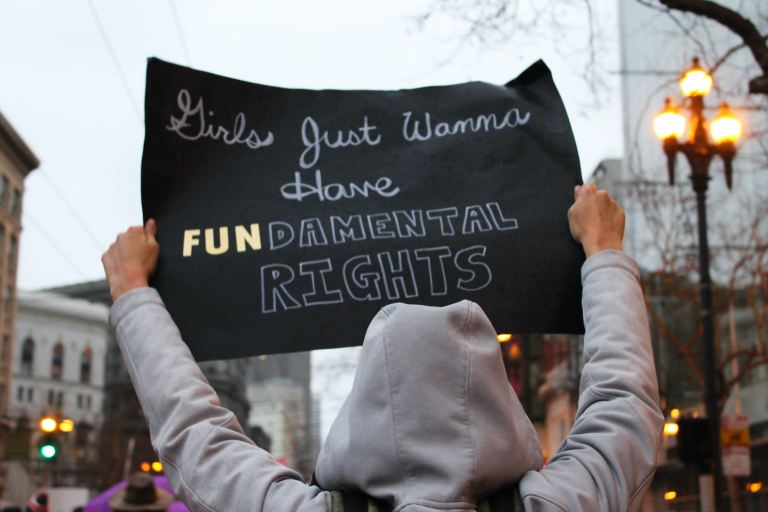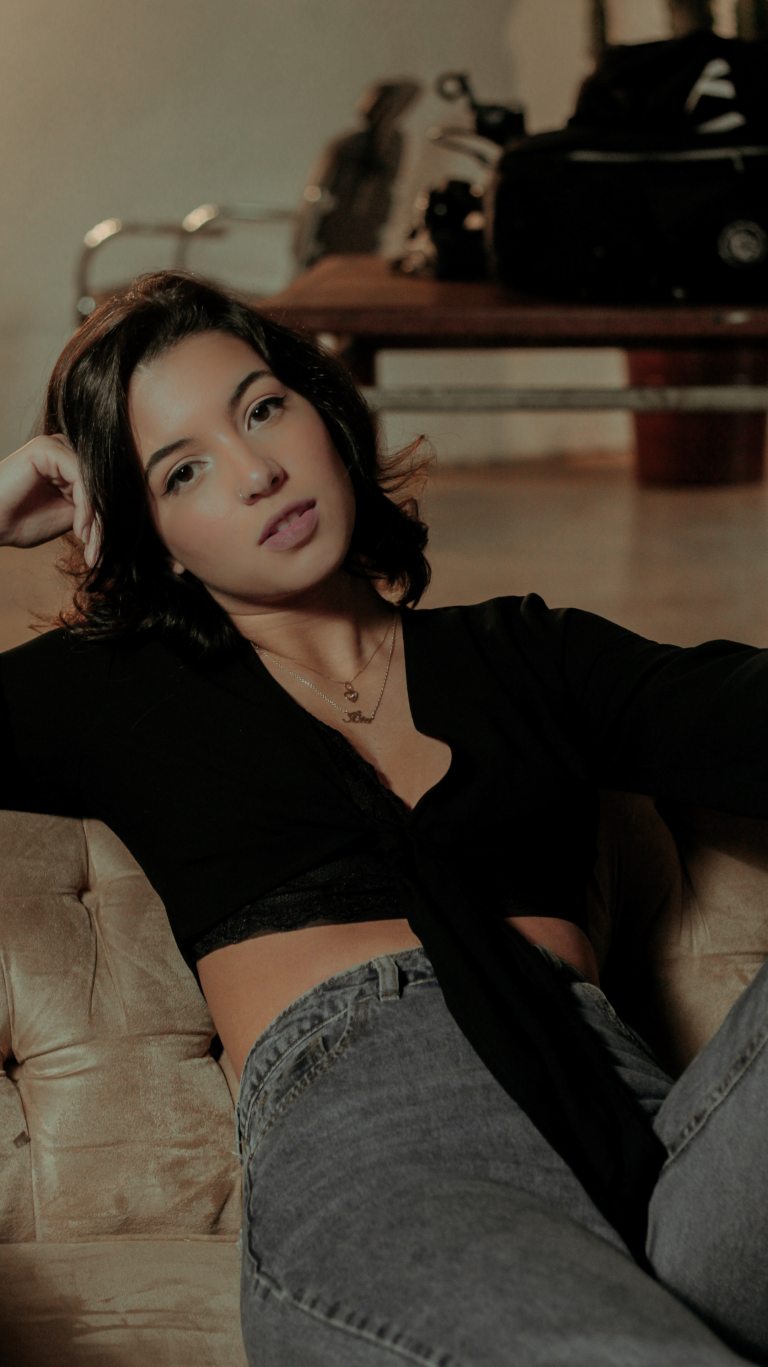What Happens When Censorship Is Imposed Upon Art?
For whatever reason, sex was determined as more detrimental to our society than violence of poverty despite sex being one of the few commonplaces that Americans could relate to.
By ![]() Jesse Lobbs
Jesse Lobbs



The censorship of the Hays Code forced many of the movies we consider great to tip-toe cautiously around sex. Sex was the great bogeyman of the Code. For whatever reason, sex was determined as more detrimental to our society than violence of poverty despite sex being one of the few commonplaces that Americans could relate to. Sex was hushed up on the surface and pushed down to a subterranean depth in American film. Hollywood’s directors and screenwriters were forced to become crafty, often cooking up excellent undercurrents of sexual energy. If the actors can pull it off, the audience gets the hint and the censors got to let it slide.

Howard Hawk’s The Big Sleep (1946) is a fine representative of these libidinal strategies. One of the more fascinating aspects of these, to me, was that some of them may not be consciously designed by the filmmakers; for some of the sequences, the sex must be inferred by the audience through the actors or context of the scene or the symbolically suggestive language.
The film is so cheeky, and in all the best ways it is one of the highlights of the detective/crime film genre. The dialogue is superb with some of the best lines lifted straight out of Raymond Chandler’s novel of the same name and the rest put together well by the team of screenwriters that includes William Faulkner. I nearly expect this caliber of dialogue in the early sound years of this genre, the fast-paced tempo of urban America. If you don’t have this, which has increasingly been the case, you have a film where the plot is pushed forward exclusively by action which rarely gives the viewer a chance to witness any kind of character development and prevents any legitimate forging of a relationship. It is also in this dialogue, the way it is delivered, that we find some of the sexiest moments in cinema.
The relationship between Phillip Marlowe (Humphrey Bogart) and Vivian Rutledge (Lauren Bacall) depends upon the dialogue, the darts and entreaties they whirl at each other. They both give off the feeling that neither of them has encountered a member of the opposite sex who could play the game as deftly as they can. It provides the film some fun:
VIVIAN: You go too far, Marlowe.
MARLOWE: Those are harsh words to throw at a man, especially when he’s walking out of your bedroom.
By the time the film was released Bogart and Bacall had been together for some time. The audience had also seen them together in To Have and Have Not (Hawks, 1944). At this time they were a duo and the audience knew it. The sexual tension between the two is a little more prevalent for audience members who know about the two. The audience of 1946 knew they had a history together and that sort of history can be well exploited.
VIVIAN: Speaking of horses, I like to play them myself. But I like to see them workout a little first, see if they’re front runners or come from behind, find out what their whole card is, what makes them run.
MARLOWE: Find out mine?
VIVIAN: I think so.
MARLOWE: Go ahead.
VIVIAN: I’d say you don’t like to be rated. You like to get out in front, open up a little lead, take a breather in the backstretch, and then come home free.
MARLOWE: You don’t like to be rated yourself.
VIVIAN: I haven’t met anyone yet that can do it. Any suggestions?
MARLOWE: Well, I can’t tell till I’ve see you over a distance of ground. You’ve got a touch of class, but I don’t know how, how far you can go.
VIVIAN: A lot depends on who’s in the saddle.
Nearly every exchange in this bar plays on the sexual tension between our leading actors. They have some more than subtle winks too. That scene was added nearly a year after the film’s original filming. Since it was finished in 1945 when the war was coming to a close, the studio was anxious to hurry and release all war films that might otherwise feel dated later. They determined they could wait on The Big Sleep. It’s lucky too. Bacall’s career had taken a beating with bad reviews from The Confidential Agent (Shumlin, 1945) and needed The Big Sleep to revitalize it. Her powerful agent (Charles Feldman) asked the studio to consider adding a few more scenes with her, changing a few others, so she wouldn’t be overshadowed by Martha Vickers (playing Carmen Sternwood). They thought that another spicy scene with Bogie, her-now-husband, could only boost her image. They were right too.
There’s no tap-dancing around sex in Raymond Chandler’s novel. There, Geiger is a homosexual whose racket, completely unnamed in the film, is pornography. In the actual crime that is committed, the film seems more Hitchcockian in that the crime is never named. It is what Alfred would have called the “macguffin” of the whole affair. It doesn’t at all matter what Geiger’s racket is, all it matters is that Geiger had a racket with which women like Carmen Sternwood could be mixed up in. However, the racket might be meant implicitly to be pornography considering Geiger is killed taking a picture of Sternwood in a hot little number–not very pornographic, but the forties were a less scandalous age.
Geiger’s front for whatever racket the film wants him in is the a dealer of rare books (first editions and editions with various errata). If he is a pornographer, congrats to him for being so crafty. Who, then, would’ve ever noticed anything resembling the Kama Sutra in between a third-edition Ben-Hur or a first edition Chevalier Audoban? Nobody! There’s something going on underneath the whole bookstore façade–in both bookstores–and this is what’s most intriguing to me. I can expect sexy dialogue, but when a film points out which kinds of “knowledge” is sexy–hubba hubba.
The film satisfies the chief requirement of the Hays Code, sex sacrificed, by substituting it with knowledge. There are two bookstores in the film, conveniently located across the street from one another. In an attempt to get information, Marlowe adopts an academic tone, with a higher pitch which makes him seem rather effeminate compared with the tough private eye the film’s portrayed thus far. He even wears glasses. Agnes (Sonia Darin), Geiger’s secretary and assistant, rejects his advances and won’t help him with those books or with any knowledge pertaining to Geiger. Realizing he won’t get any help from her, he decides to wait for Geiger’s appearance in the bookstore across the street. Now that he’s removed his glasses and sounds (and looks) like Bogie again, he prepares to wait when the book shop’s proprietor (Dorothy Malone) comes to see what’s happening. This appearance and change in mannerism, becoming more masculine, gets him his answers.
The owner is especially responsive, interested even. He soon lets her know he’s got a bottle of rye in his pocket. She then closes the book shop hours early and closes the shade in the most sultry way someone could. The feeling of the scene, as it begins to rain, makes it seem cozy and intimate; their interest in each other goes beyond Geiger or a shared interest in Rye. She turns to get cups, but Marlowe essentially asks whether she has to keep looking like that. She removes her glasses and lets down her hair. To this sight, Marlowe’s taken. “Hello,” he says, acknowledging her sexual potency now that’s she no longer looks like a nerd.
As a nerd, I can only be amused and disappointed by this.
This is a film addition. Books/information (knowledge) becomes the commodity that’s exchanged in place of sex (and for sex). Because sexual tension must be carefully portrayed, the bookstore suggests In the novel, Marlowe has a similar encounter with an intelligent looking woman but there is–on its surface–a less than sexual nature. no sexual tension between the two. Marlowe gets his information and gets out. Here, Marlowe gets his information and, we assume, gets in.

Books are not the only currency used in this sexual exchange of knowledge. Cut to: Geiger’s house (the first visit). Marlowe’s stake out ends with Carmen’s (Martha Vickers) scream from the house. Marlowe breaks in to find Geiger dead and evidence that Carmen has been photographed and the film has been stolen. In the novel, Carmen is photographed in the nude.
Her nudity, the sex of the scene, has been replaced by cultural knowledge. Carmen’s dressed. It doesn’t appear to be anything so scandalous. She’s wearing a Chinese dress and sitting in a Chinese chair and surrounded by Chinese items. Nudity, one of the big no-nos of what’s prohibited, is replaced by Eastern clothing. The idea that the simplest elements of Eastern culture is exchangeable with what is prohibited in Western culture says not too flattering things about the Western mindset; our orientation regarding cultures unlike our own places them in a category along with our sins. In the harsh puritianical code that is the Hays Code, nudity, the worst kind of lavisicousness apart from sexual intercourse itself, can be substituted with Chinese clothing. Of course, the East is titillating to the West and this is why it works and would have had a greater impact on the audience of 1946. If they wanted to make this point harder, they would’ve went for the Japanese kimono.

Throughout this film, there is the suggestion that knowledge is prohibited. Thinking critically about the genre that includes detective fiction, this is no surprise Detective fiction, whether in book or film form, is a format where knowledge is meant to be forbidden from the private eye, from the police. It also comes with a price for that knowledge being found out. In the bookstore scene, the articulation about the sharing of information or those who are intelligent are not allowed to advance sexually or in the way of finding more information. In the Chinese Carmen scene, it is cultural knowledge that is as prohibited as pornography could be; maybe this is American nativism rearing its lovely head or it is just that we are easy titillated by objects and dress form cultures that are not our own. This says a lot about what is viewed as sexual by the American public. Cultural knowledge is sexy as something that is foreign, taboo and normally not accessible.
The Big Sleep works as a prime example of what kind of cultural manifestations occur when censorship is imposed upon art. The changes from the novel are significant because, at least, they are suggestive of America’s cultural turn-ons. Neat, huh? Watch it again and pay attention for what’s made taboo by the film. At least watch it again because it’s a damn good film. ![]()




